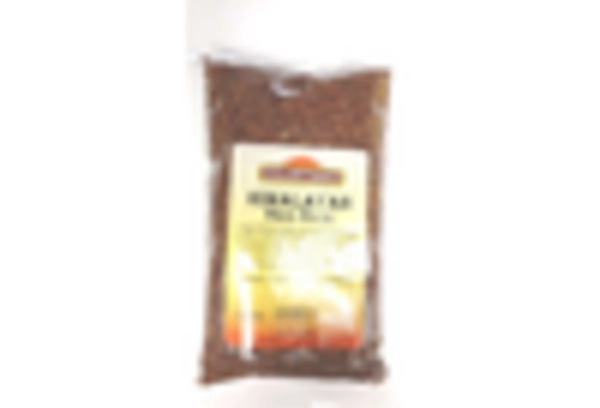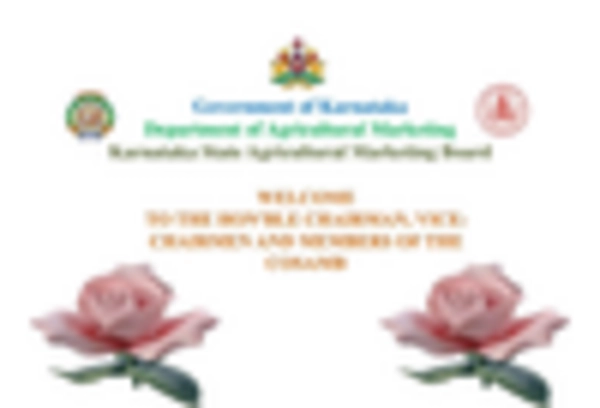Market Share
Red Rice Market Share Analysis
The Red Rice market, a distinct segment within the broader rice industry, has witnessed a surge in interest, prompting companies to adopt various market share positioning strategies to establish themselves in this competitive landscape.
One prominent strategy in the Red Rice market is product differentiation. Companies aim to set their red rice apart by focusing on specific characteristics such as grain size, aroma, or cooking properties. By offering unique features, these companies seek to attract health-conscious consumers and culinary enthusiasts, capturing a larger market share. Differentiated products can find favor among various consumer segments, from those seeking nutritional benefits to those interested in diverse culinary experiences.
Pricing strategies play a pivotal role in market share positioning within the Red Rice market. Some companies position their red rice as a premium product, emphasizing high quality, organic farming practices, or unique varieties. This premium positioning targets consumers willing to pay a higher price for a superior product. On the other hand, other companies adopt a more cost-effective pricing strategy to appeal to a broader audience, especially in markets where price sensitivity is a significant factor.
Brand image and marketing are crucial elements of market share positioning. Establishing a strong and trustworthy brand is essential for gaining the confidence of consumers who prioritize the quality and origin of their food products. Companies invest in marketing campaigns that highlight the nutritional benefits, sustainability practices, and culinary versatility of their red rice. Positive brand associations not only attract existing customers but also contribute to market share growth as the brand becomes synonymous with high-quality red rice.
Distribution channels are another critical aspect of market share positioning. Companies strategically choose distribution partners and channels to ensure their red rice products are readily available to a broad consumer base. Collaborations with supermarkets, health food stores, and online platforms help optimize product accessibility. An effective online presence, including e-commerce platforms, further enhances market reach, especially considering the growing trend of online grocery shopping.
Innovation is a driving force in the Red Rice market. Companies invest in research and development to explore new red rice varieties, processing methods, or packaging innovations. This commitment to innovation not only helps companies stay ahead of the competition but also addresses evolving consumer demands. For instance, the development of convenient, pre-cooked red rice options caters to consumers seeking healthy and time-saving food choices.
Collaborations and partnerships are increasingly common in the Red Rice market. By collaborating with chefs, nutritionists, or health influencers, red rice producers can enhance their market reach and credibility. Collaborative initiatives may involve recipe collaborations, co-branding efforts, or strategic partnerships that leverage the expertise of multiple entities to collectively gain a larger share of the market.


















Leave a Comment